|
|
|
|
|
|
|
|
Photo Gallery for Lampropeltis getula - Eastern Kingsnake
| 66 photos are available. Only the most recent 30 are shown.
|
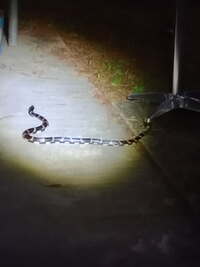 | Recorded by: Robert Turner
Chowan Co.
Comment: |  | Recorded by: J. Trostle
Washington Co.
Comment: |
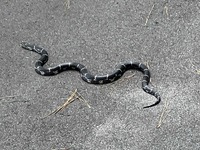 | Recorded by: Lloyd MacAskill
Brunswick Co.
Comment: | 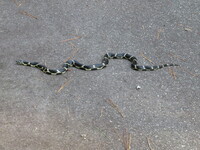 | Recorded by: B. Bockhahn
Anson Co.
Comment: |
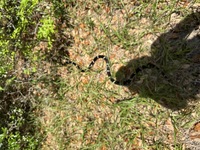 | Recorded by: Jackie Goodman
Currituck Co.
Comment: |  | Recorded by: Shreyes
Beaufort Co.
Comment: |
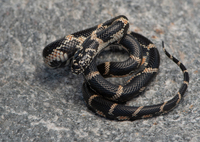 | Recorded by: Shreyes
Beaufort Co.
Comment: | 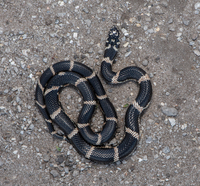 | Recorded by: Shreyes
Beaufort Co.
Comment: |
 | Recorded by: K. Sanford
Camden Co.
Comment: |  | Recorded by: R. Browder, Z. Lloyd
Wayne Co.
Comment: |
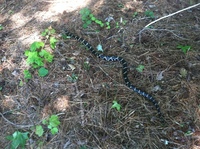 | Recorded by: michael wilson
Harnett Co.
Comment: |  | Recorded by: K. Sanford, C. Griffin
Camden Co.
Comment: |
 | Recorded by: Paul Hart
Harnett Co.
Comment: |  | Recorded by: R. Newman; L. Eckart
Carteret Co.
Comment: |
 | Recorded by: K. Sanford
Camden Co.
Comment: |  | Recorded by: Mark Shields
Hyde Co.
Comment: |
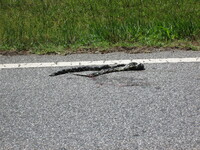 | Recorded by: Robert Russo
Alexander Co.
Comment: | 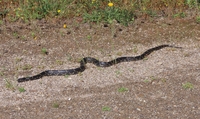 | Recorded by: Lori Arent
Wilkes Co.
Comment: |
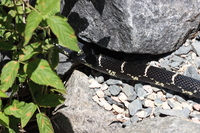 | Recorded by: Travis McLain
Cabarrus Co.
Comment: | 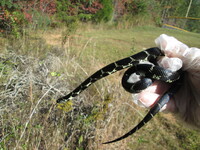 | Recorded by: Robert Russo
Alexander Co.
Comment: |
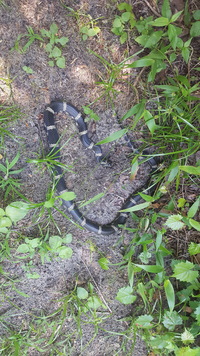 | Recorded by: K. Sanford
Camden Co.
Comment: | 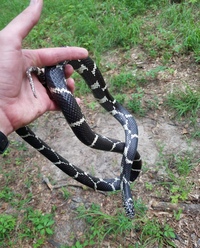 | Recorded by: W. Morris
Wayne Co.
Comment: |
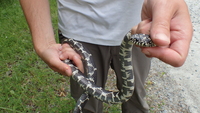 | Recorded by: Erich Hofmann and Kayla Weinfurther
Craven Co.
Comment: | 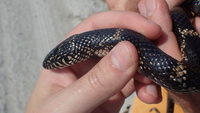 | Recorded by: Erich Hofmann and Paul Hofmann
Craven Co.
Comment: |
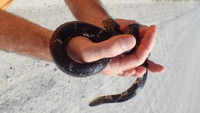 | Recorded by: Erich Hofmann and Paul Hofmann
Craven Co.
Comment: | 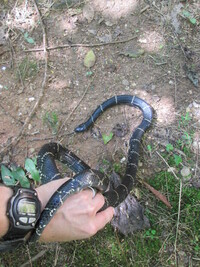 | Recorded by: Robert Russo
Catawba Co.
Comment: |
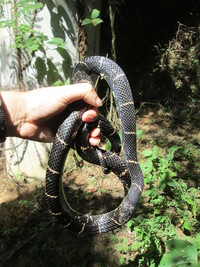 | Recorded by: Robert Russo
Catawba Co.
Comment: |  | Recorded by: K. Sanford
Camden Co.
Comment: |
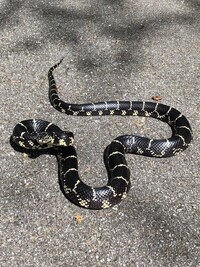 | Recorded by: L. Appling
Avery Co.
Comment: |  | Recorded by: Erich Hofmann
Craven Co.
Comment: |
|

 »
» 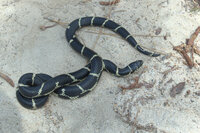



 »
» 

